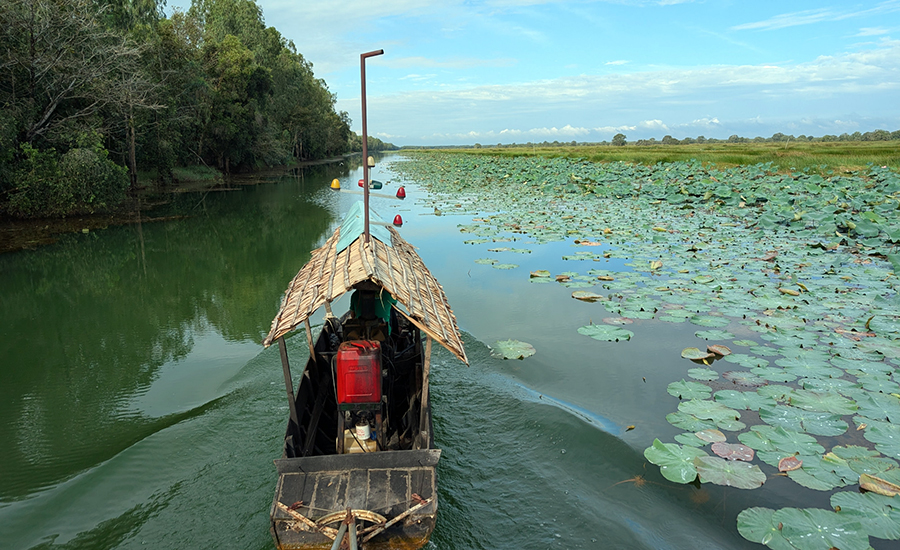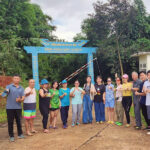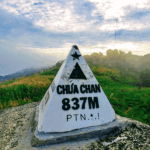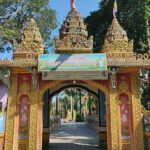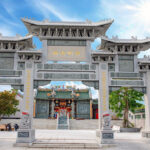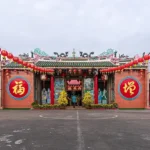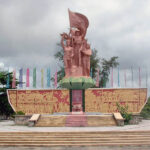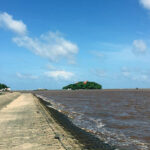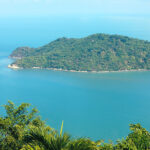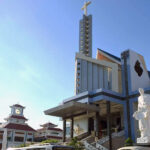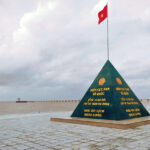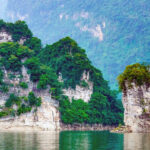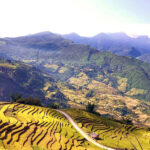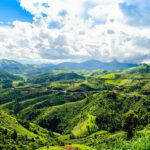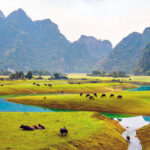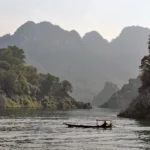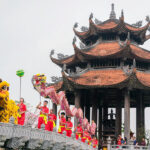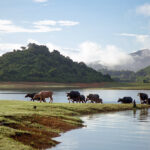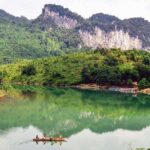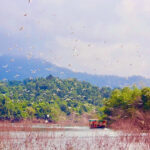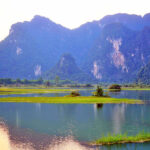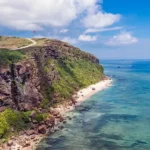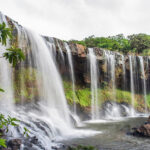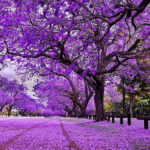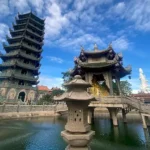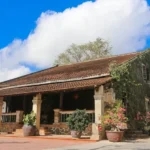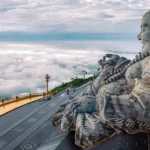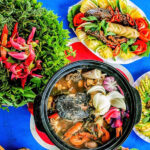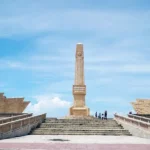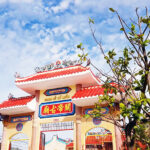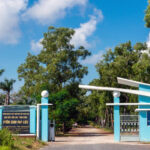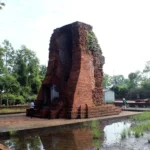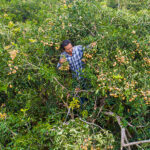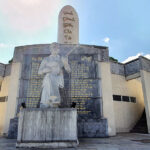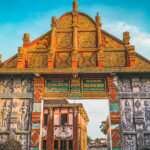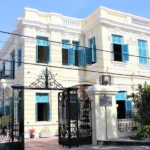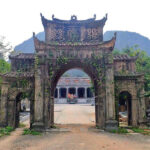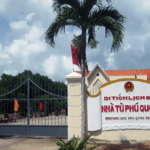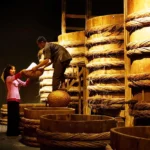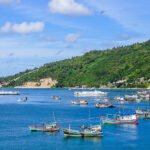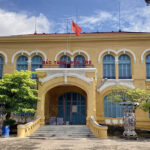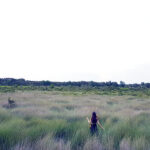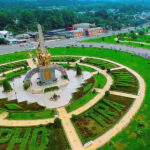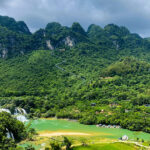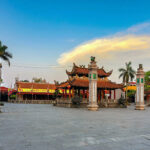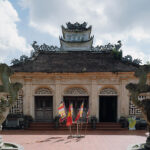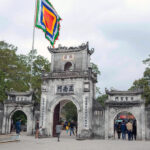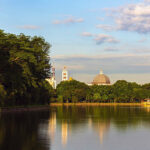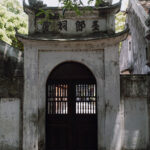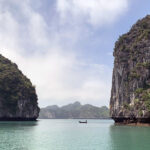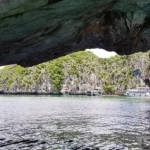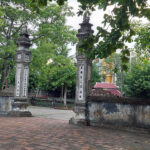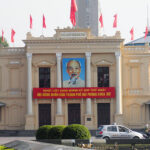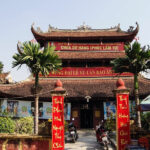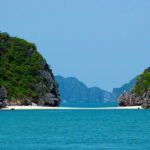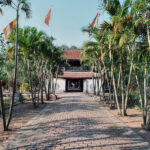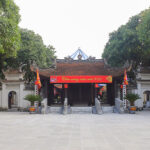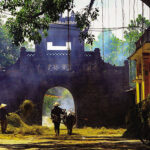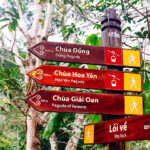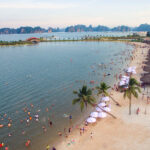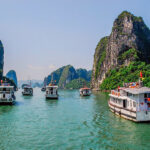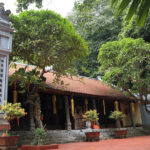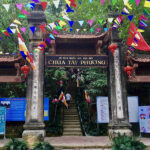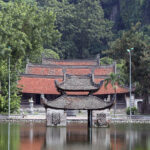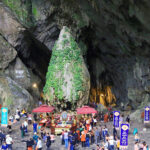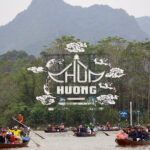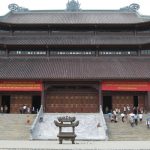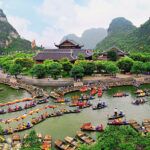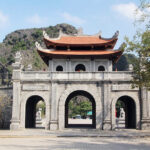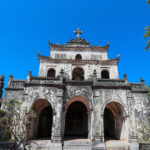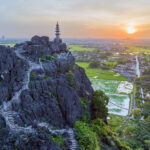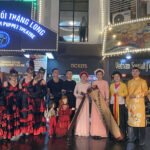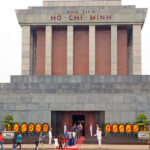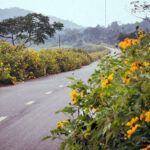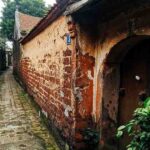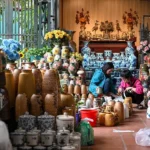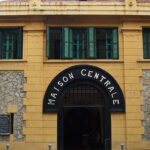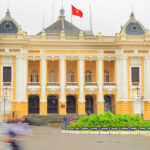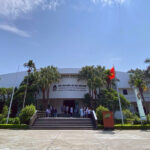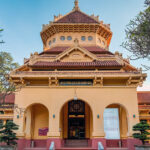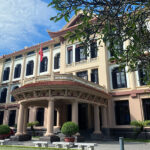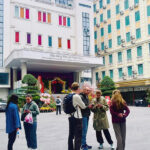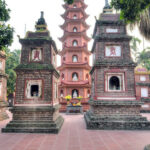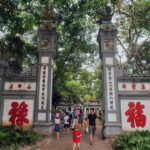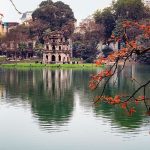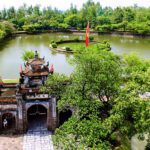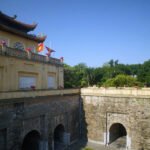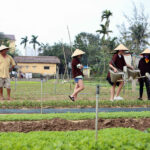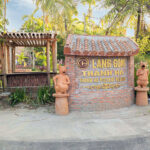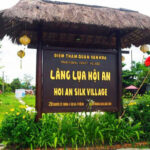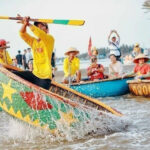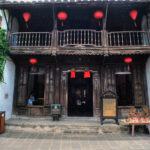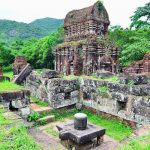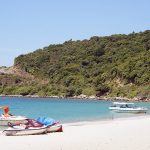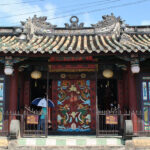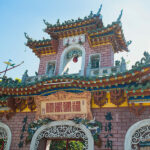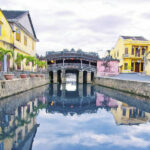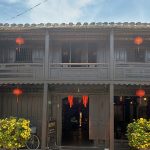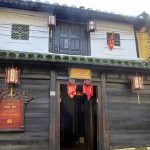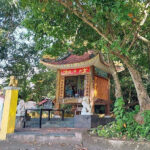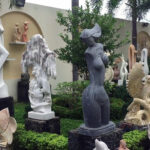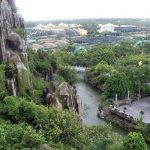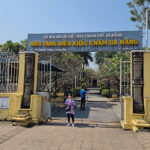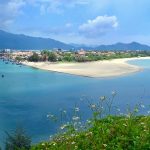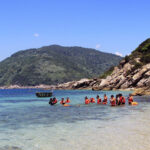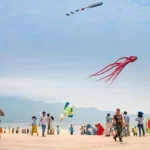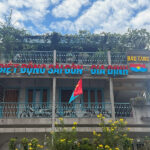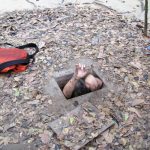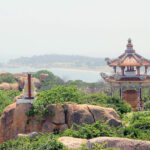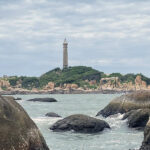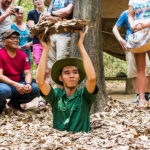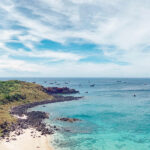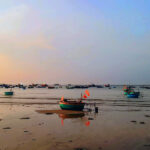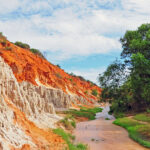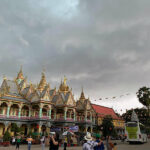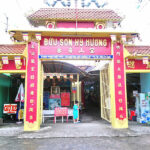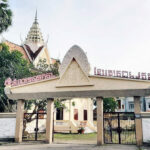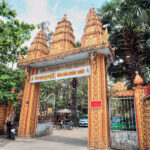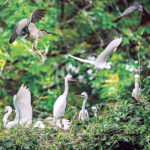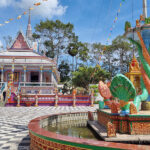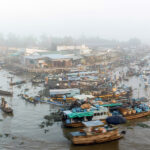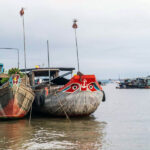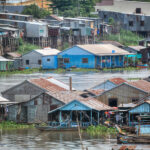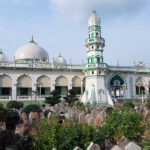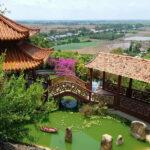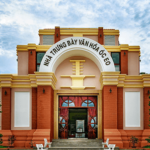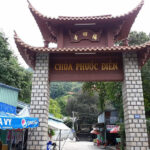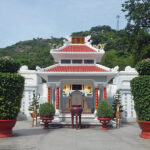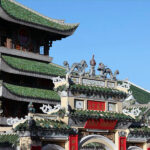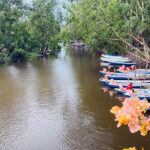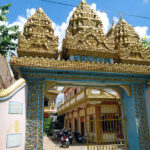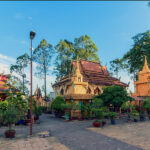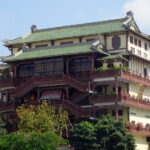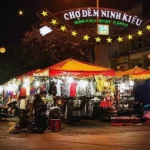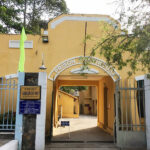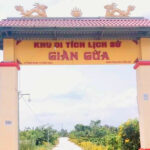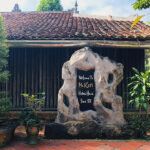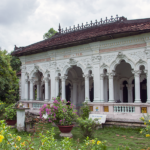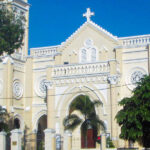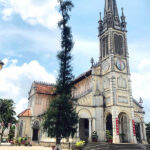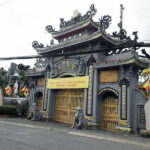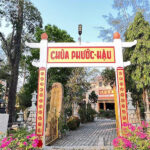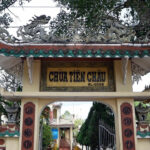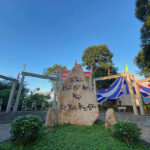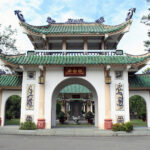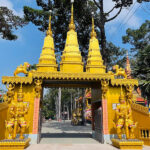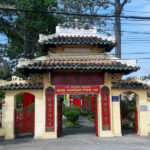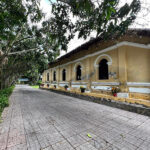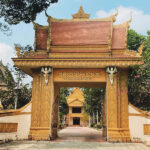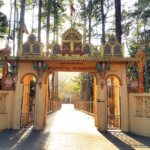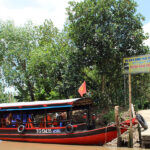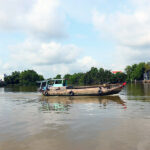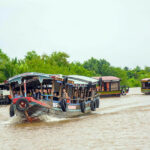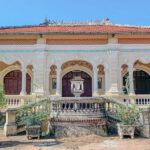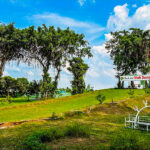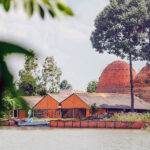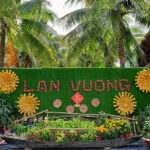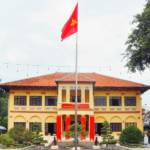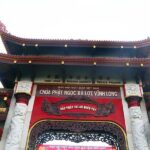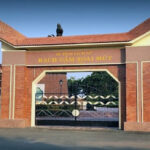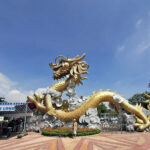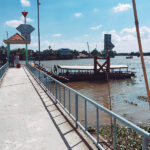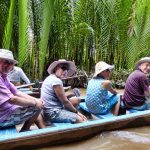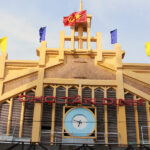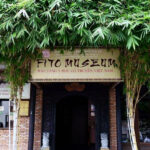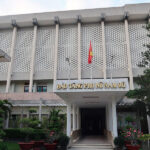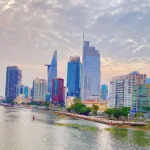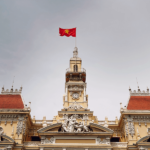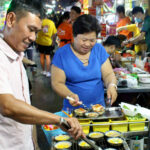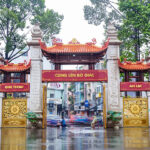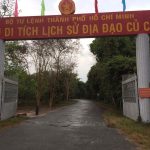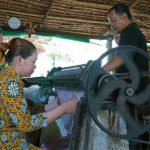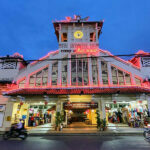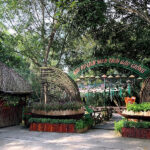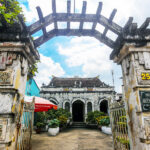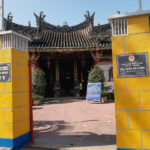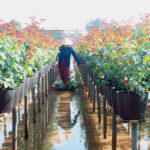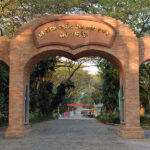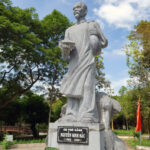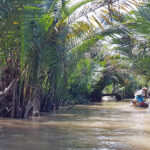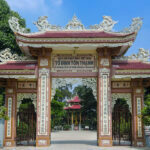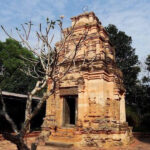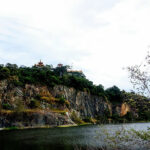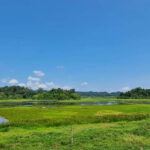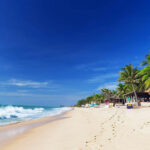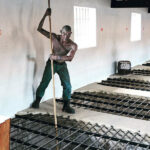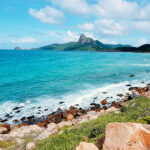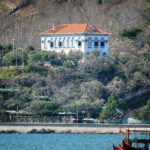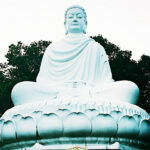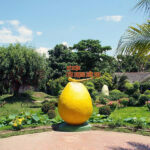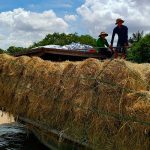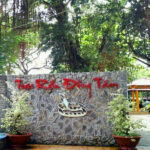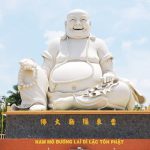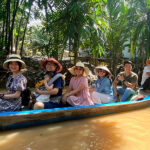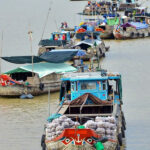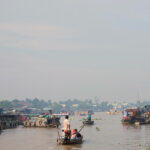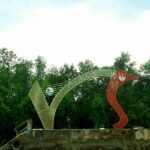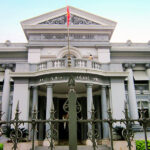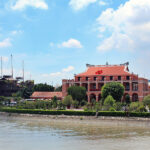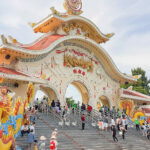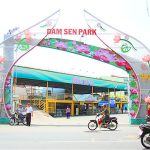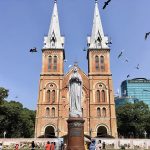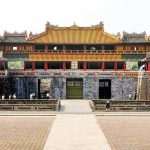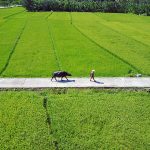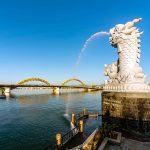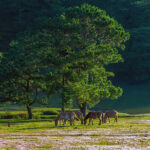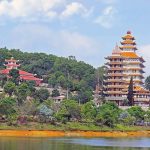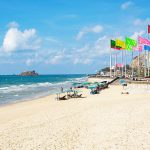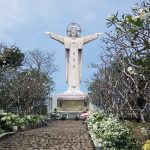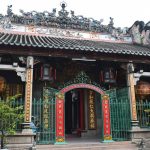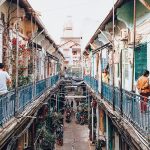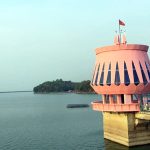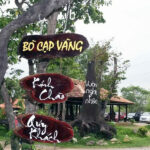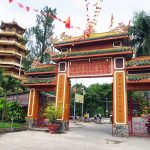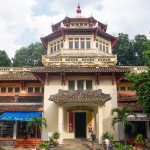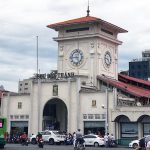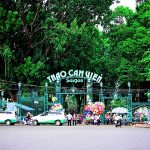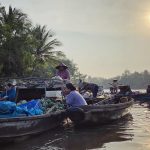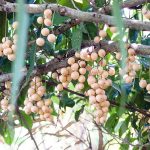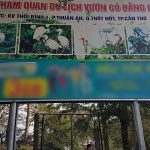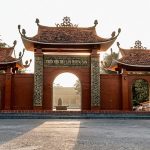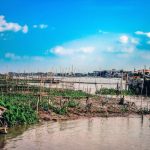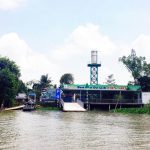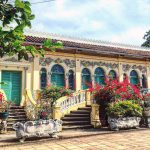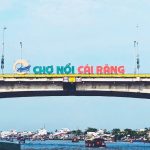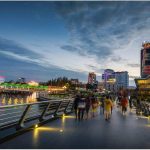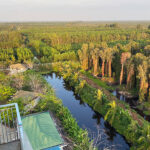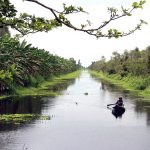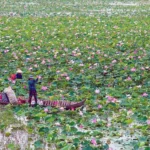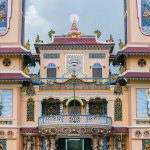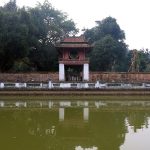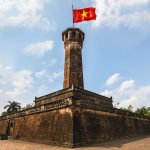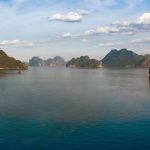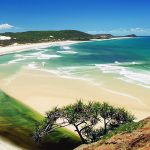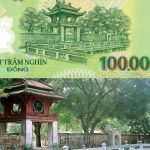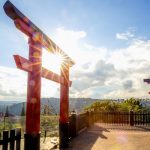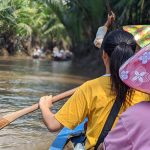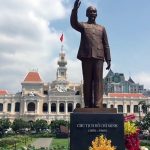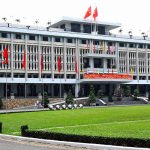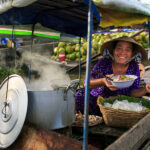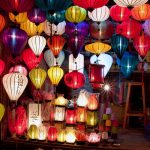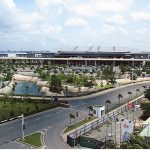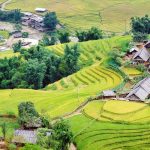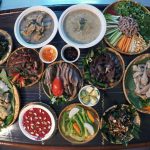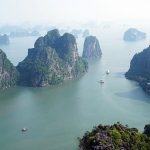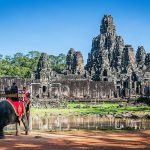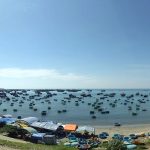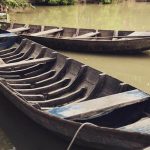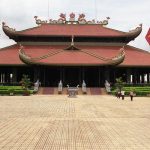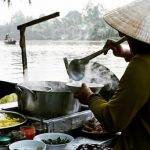Dong Thap (Vietnamese: Đồng Tháp) Province is an ideal destination to take a weekend break or long holiday. Visitors not only have the opportunity to admire the beauty of nature with immense rice fields and fragrant lotus lakes, but also stand out with a dense system of rivers, rich fruit gardens, long-standing traditional craft villages, and countless delicious dishes of the Mekong Delta River. And let us show some very useful travel experiences when explore Dong Thap, to make your trip more interesting.
Table of Contents
General information about Dong Thap
Dong Thap is a newly established province in the Mekong Delta region of Vietnam. The land of Dong Thap was reclaimed by Lord Nguyen around the 17th and 18th centuries. Dong Thap province was established on the basis of merging Kien Phong province and Sa Dec province in 1976, and then on the basis of merging Dong Thap and Tien Giang provinces in 2025.
Dong Thap province, where the Tien River flows into Vietnam, is famous for its lotus fields, which are present everywhere in Dong Thap. Lotus shoots and seeds have become specialities of this region. In addition, Dong Thap is very suitable for eco-tourism.
What is the best time to explore Dong Thap?
Dong Thap is located in a tropical climate, warm and sunny all year round, with a mild temperate climate with no cold or stormy season, so that you can travel to Dong Thap in any season. The climate is divided into two distinct seasons; the rainy and the dry season. The rainy season lasts from May to November, during which time you will enjoy the fruit and admire the lotus in full bloom.
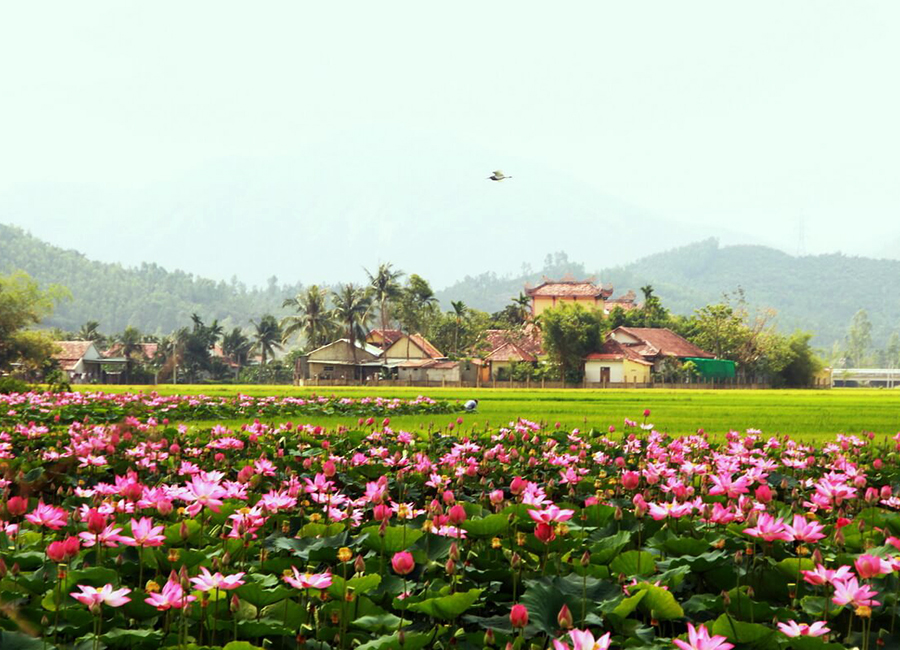
The dry season starts from December to April, after this season is close to Tet. The area is brilliantly beautiful with the favourites spring-blooming flowers when the new year comes. This is also the harvest season of Lai Vung tangerine – the most popular fruit in this province.
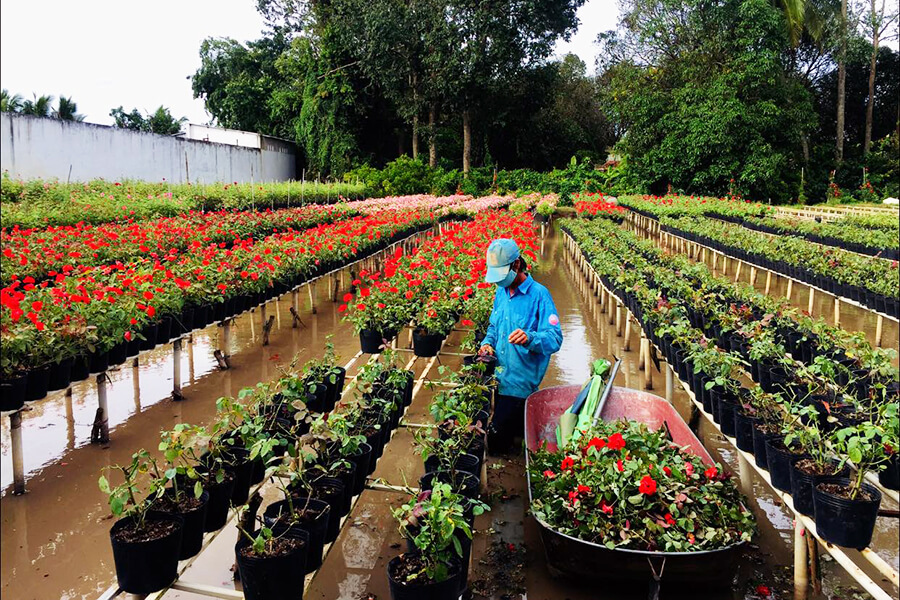
But if you want to enjoy all the beauty and specialities of Dong Thap, you should go in the floating water season. The floating water season is from August to November of the lunar calendar.
How to get here?
Dong Thap does not have an airport yet; visitors should fly to Ho Chi Minh City or Can Tho and then use road transportation. Tourist buses from Ho Chi Minh City to Dong Thap depart from Mien Tay bus station or a few points in the city. Popular bus companies: Phuong Trang, Tam Nong, Tai Loi, Quang Phat, Kim Cuong. The ticket costs from 200,000VND depending on the type of bus you want to take.
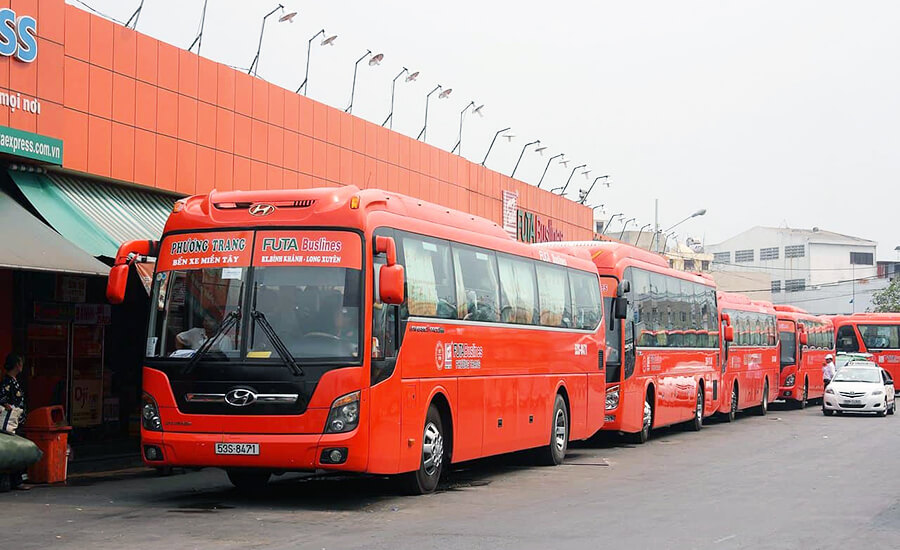
Futa bus – one of the famous tourist bus to Dong Thap
Also, if you’re travelling with a group, don’t forget to book a private car from Ho Chi Minh to Dong Thap which include pick up and drop off service; flexible to stop on the way and easy to admire the beautiful views along the road.
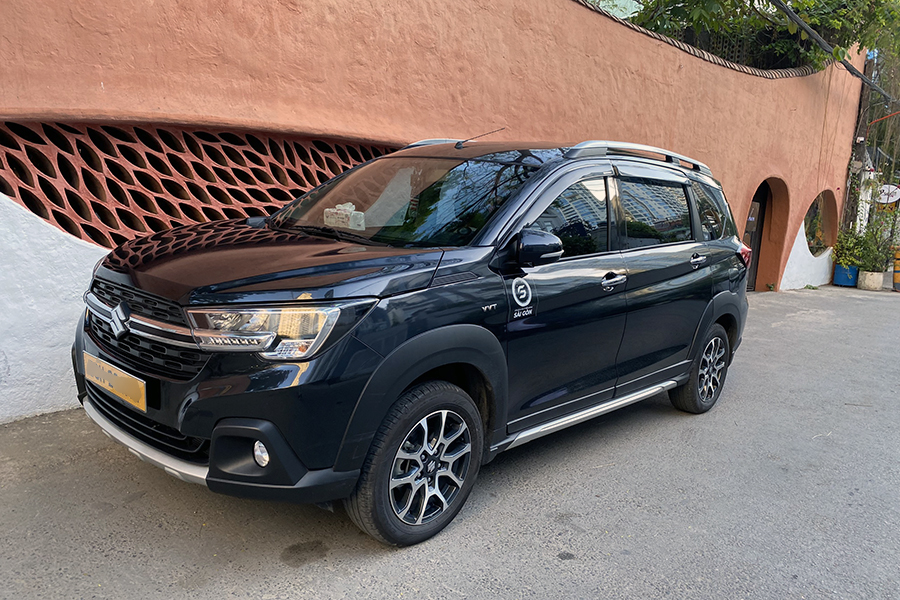
Between Can Tho and Dong Thap, tourists can also travel by waterway on the Hau River. The operation time is from 6:00 a.m. to 20:00 p.m. Ticket prices range from 10,000 VND to 20,000 VND depending on the means of transportation.
Tourist attractions in Dong Thap
Dong Thap does not have majestic mountains, and clear blue beaches, but those who have once set foot here must be attached and passionate. Dong Thap has the dear rustic beauty of the lush Southern river region, immense lotus fields, fertile rice fields, canoes and birds chirping on rivers and canals … And here are some famous tourist destinations you should not miss in Dong Thap:
Garden and water world-discovering tourism
Thoi Son Islet
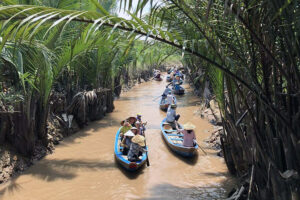 Thoi Son Islet, also known as Lan Islet (Unicon Islet), is located on the Tien river in Thoi Son ward. This tourist area has become one of the famous places in Tien Giang, attracting many tourists to visit every year.
Thoi Son Islet, also known as Lan Islet (Unicon Islet), is located on the Tien river in Thoi Son ward. This tourist area has become one of the famous places in Tien Giang, attracting many tourists to visit every year.
The islet is a place for those who like simplicity, rusticity, and the style of Western gardens. Coming to Thoi Son, you will be able to row a boat through the canals like a true gardener, enjoy the cool water, and breathe fresh air. In addition, you can also experience catching fish by hand – a popular activity when coming to this islet.
Fruit gardens, traditional craft villages making candy, rice paper, listening to folk music, enjoying honey tea, and riding a horse-drawn carriage on the village road… are what attract many people to the area. If you want to enjoy fresh fruit, you should go in the summer because that is the time when the fruit grows most abundantly.
Location: Thoi Son Ward.
Tan Phong Islet
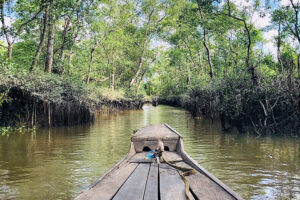
Following Thoi Son Island is the famous Tan Phong Islet located on the romantic Tien River, next to the Cai Be floating market. Coming to Tan Phong, you will be able to immerse yourself in the cool and green atmosphere of the garden areas. Along with that, you can also do boating activities, swimming, enjoy attractive specialties, participate in attractive folk games, experience “bathing in the islet”, etc.
The islet is also famous for its large and succulent rambutans as well as fresh fruits from the Western Region.
Location: Hiep Duc commune.
Vinh Kim Fruit Garden
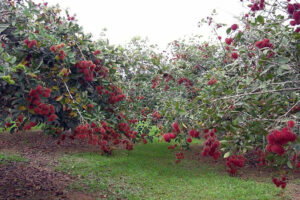
Vinh Kim fruit garden is one of the most attractive places to visit in Tien Giang. Because this region not only has a lot of delicious and attractive fruits but is also a famous tourist destination with cool, fresh air and many delicious dishes.
Summer is also the time when many tourists come to Vinh Kim orchard to try the most famous specialities of old My Tho, such as Lo Ren star apple, Ngu Hiep durian, orange, … along with many fruits that have long been familiar to the daily menu of the Mekong Delta, such as rambutan, longan, tangerine, guava, mango…
Location: Vinh Kim commune.
Gao Giong eco-tourism area
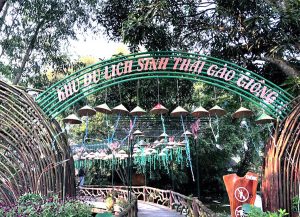
Gao Giong eco-tourism area is located in Hamlet 6, Phong My Commune, about 15 km from Cao Lanh center.
There are nearly 2,000 hectares of melaleuca forest and a population of 40 hectares, concentrating more than 15 species of rare and precious birds living, nesting, and laying eggs, along with very rich and diverse aquatic resources.
Visitors can go by land or by boat. Gao Giong is divided into four zones with more than 70 km of canals and 20 km of embankments.
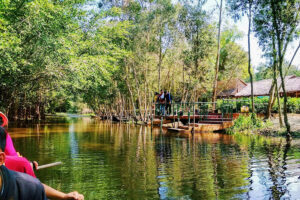
To get to Gao Giong, you have to go through a 2 km-long canal through the green cajuput forest on a three-leaf boat – one of the specialties of the people in the Mekong Delta.
By climbing up to the observatory at 18 meters high, visitors can admire the entire bird sanctuary, especially at dawn or sunset time, when flocks of white storks fly to search for their food or return to their nests.
Also, during the dry season, this is an ideal place for camping under the foliage of the cajuput forest. You can enjoy specialities of the Plain of Reeds, such as grilled snakehead or fish soup with Sesbania sesban flower.
Phuong Nam Cultural Tourist Area
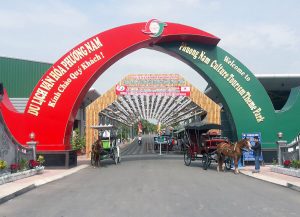 Phuong Nam Cultural Tourist Area began construction on October 30, 2009, and officially opened to welcome visitors on December 24, 2017, on an area of up to 17 hectares, with many works.
Phuong Nam Cultural Tourist Area began construction on October 30, 2009, and officially opened to welcome visitors on December 24, 2017, on an area of up to 17 hectares, with many works.
However, the highlight is Nam Phuong Linh temple, built according to the ancient wooden architecture, with new wood and a traditional Hue-style house. The temple is a place to honor and commemorate 125 historical figures who have publicly reclaimed, preserved, and glorified the southern land, and 21 bronze statues of the public who open the door.
Phuong Nam Cultural Tourist Area is located in Tan Khanh Trung commune.
Dong Sen Thap Muoi eco-tourism area
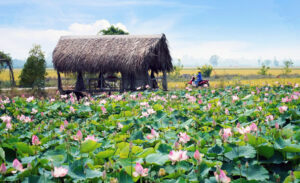
This is where visitors can admire the largest lotus flowers in Dong Thap. The best time to visit Dong Sen Thap Muoi eco-tourism area is from June to November every year. If you can’t come during the peak blooming season, you can still come here at any time to enjoy the air and a quiet moment.
If you come here, you can notice the unique colour change of the lotus flower. Usually, in the morning, the flowers will be light pink, then turn pink at noon. And the time the lotus is considered the most beautiful of the day is around 15pm because at this time the flowers will bloom quite large, showing off yellow sepals sparkling in the sunlight. Then in the afternoon, the lotus colour gradually becomes darker pink, and then when the sun sets, the lotus colour is as red as the sunset.
Scared temples and pagodas
Vinh Trang Pagoda
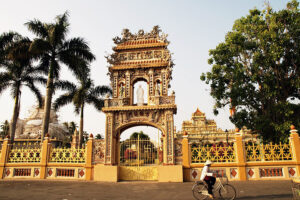
Vinh Trang Pagoda is one of the oldest and most famous architectural temples in Tien Giang. The splendid yet simple features of this Buddhist construct are the result of the combination of Eastern and Western architectural styles. The pagoda is surrounded by gardens of ornamental trees and bonsai, creating a peaceful atmosphere. At the pagoda, there are 60 Buddha statues carved and cast in wood, bronze, and cement, and all are covered in bright yellow. These statues were cast in the late 19th century or the early 20th century, and represent the pinnacle of sculpture in the Mekong Delta.
Address: My An Hamlet, My Phong Ward.
Get 10 – 15% off with our daily tour to visit Vinh Trang Pagoda and Thoi Son islet.
Sac Tu Linh Thuu Pagoda
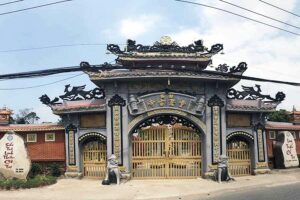
The Sac Tu Linh Thuu Pagoda was built around the 18th century, usually called Long Tu Pagoda. Although it has been restored many times, the pagoda still retains its distinct ancient architectural features.
The main hall of the pagoda is decorated very dignifiedly. It is also a preserve of many ancient statues, giant bells, and many couplets. There is also a cluster of stone statues telling about the life of Shakyamuni Buddha from his birth date until his awakening. Listed as an ancient pagoda in Dong Thap, Linh Thuu Pagoda is a famous pilgrimage site that attracts a large number of Buddhists to come to worship every day.
Location: Cho hamlet, Long Hung commune.
My Tho Roman Catholic diocese
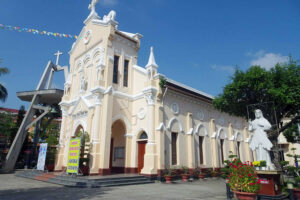
The Roman Catholic diocese is among the oldest buildings in My Tho Ward. It was built around 1906 and is located at No.32, Hung Vuong Street. The church was built according to the Greek-Roman Renaissance style with round columns supporting the dome, decorated with meticulous, sophisticated, and elaborate patterns. Using the main white colour tone, the interior of My Tho Cathedral creates a sense of airiness, spaciousness, and luxury, with the floor completely lined with smooth ceramic tiles. Meanwhile, the ceiling area is adorned with gorgeous European chandeliers. The arched door is adorned with sophisticated patterns following the Greek-Roman architectural style of the Renaissance. The sanctuary of My Tho Cathedral features the main colour yellow, white edges and a red-tile roof. This conveys majesty and antiquity while demonstrating the parish’s steadfast, well-developed beauty after more than 100 years of formation.
Kien An Cung temple
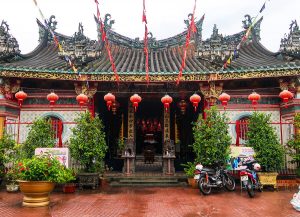
Kien An Cung temple, also known as Ong Quach Pagoda, is one of the architectural works with typical Chinese cultural features. The temple construction was started in 1924 and completed in 1927 by Chinese people from Fujian Province with the purpose of worshipping ancestors, teaching children, building strong community relations, organizing meetings, discussing trading, and exchanging information. Like many other Chinese pagodas, Kien An Cung has bold, unique architecture, splendid and solemn. In 1990, the pagoda was recognised by the Ministry of Culture, Sports and Tourism as a national-level historical and cultural monument. The temple has two major festivals on February 22 and August 22 (lunar calendar), welcoming many visitors.
Location: 39 Phan Boi Chau Street, Sa Dec Ward.
Phuoc Kien Pagoda
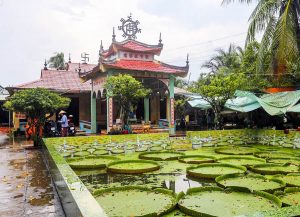 Phuoc Kien Pagoda is also known as the Lotus Leaf Pagoda because it possesses a very special lotus leaf – the Victoria amazonica, which was imported from the Amazon in extremely large sizes.
Phuoc Kien Pagoda is also known as the Lotus Leaf Pagoda because it possesses a very special lotus leaf – the Victoria amazonica, which was imported from the Amazon in extremely large sizes.
This type of lotus has very large leaves, up to 3 – 4 m in diameter, 7–8 m in length. This giant lotus leaf alone has made a significant tourist attraction for Đồng Tháp tourism.
The leaf edge is about 3 to 5cm higher than the water surface; its shape resembles the traditional Vietnamese flat palm hat “Nón quai thao” which is made from leaves or a flat basket. The lotus is able to carry a person weighing from 70kg to 80kg.
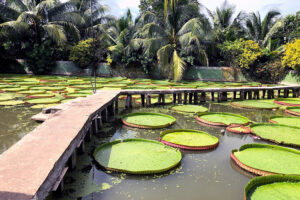 Even though the lotus leaves are so large, their flowers are very small. Furthermore, the flowers take up to 48 hours to fully open and change their colour continuously. It has a white colour on the first night and becomes pink on the second night.
Even though the lotus leaves are so large, their flowers are very small. Furthermore, the flowers take up to 48 hours to fully open and change their colour continuously. It has a white colour on the first night and becomes pink on the second night.
In addition, the pagoda is also a home of hundred-year-old turtles (a total of 6 elderly). Especially, these turtles all eat vegetarian foods and are “addicted” to listening to Buddhist scriptures.
Location: Tan Nhuan Dong commune.
Famous markets
Cai Be floating market
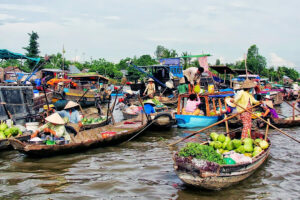
The market was established by local people who cultivated and settled down the delta during the XVII – XVIII centuries. During its heyday, the Cai Be floating market was known as the unsleeping market. Every day, lots of boats and rafts gather here from 3.00 – 5.00 am until late in the afternoon. They have been sold from fabrics, and seafood to appliances, and drinks…but the most outstanding was fruit.
Currently, agricultural products and food are being offered to tourists and local people in this market. Although the market is often open all day, the busiest time is at sunrise.
Location: Cai Be commune.
Join our daily tour to explore Cai Be and go kayaking with 10% discount
Historical and cultural relics
Xeo Quyt relic area
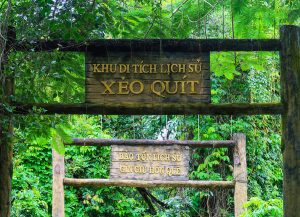
Xeo Quyt relic area is located in My Hiep commune, more than 30 km from Cao Lanh Ward. The green forest with cool, fresh air is nestled in the middle of a low-lying area with many cajuput trees, reeds, rushes, water lilies, lotus, and liana characteristic of the Plain of Reeds. It would be a great chance to enjoy sailing on small creeks to explore this area.
Furthermore, Xeo Quyt is not only an ideal tourist attraction but also a historical and cultural relic. It served as the base (from 1960 to 1975) of the Dong Thap Provincial Party Committee, leading the people to fight against America. Xeo Quyt has a system of relics preserved and restored, including fortifications, fences, secret tunnels, the clerical area, and the province’s radio zone.
The tomb of Mr. Nguyen Sinh Sac
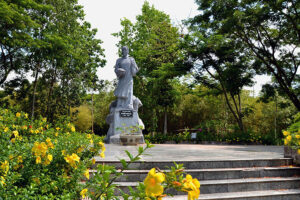
Junior Doctoral Laureate of Court exams Nguyen Sinh Sac was the father of President Ho Chi Minh. Mr. Nguyen Sinh Sac was born and raised in Nam Dan, Nghe An province.
In 1901, he gained a second-rank (pho bang) position as a magistrate in the old Binh Khe district (Binh Dinh province), until he was demoted. Then he moved to Mekong Delta and lived in Hoa An village in Dong Thap province to teach and help the poor until his death.
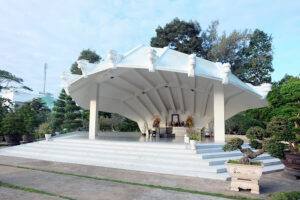
To commemorate his merits, Dong Thap authorities and local people have built Nguyen Sinh Sac’s mausoleum at No. 123/1 Pham Huu Lau Street, Cao Lanh Ward, for visitors to pay their respects and celebrate him.
It was completed in 1977, and covers an area of about 3,6 hectares. There are many ethnic and modern projects on this campus, including Nguyen Sinh Sac Temple and his statue, a gallery on his life, and Ho Chi Minh’s house beside the fish pond (restored to the Hanoi prototype).
Go Thap national relic
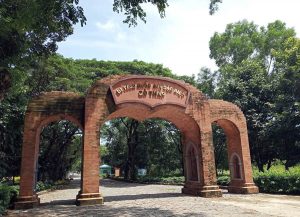 The Go Thap relic site is known from the late nineteenth century, when several French researchers came here to survey and publish significant findings about ancient architectural, worshiping statues, stelae, and ancient script. There are still relic populations of the Funan Kingdom, the war between Vietnam and the French, and Vietnam and the US. Go Thap is well known for 5 main highlights: Thap Muoi Hill, Co Tu Tower, Thien Ho Duong and Binh Kieu Temple, and Lady Chua Xu Temple.
The Go Thap relic site is known from the late nineteenth century, when several French researchers came here to survey and publish significant findings about ancient architectural, worshiping statues, stelae, and ancient script. There are still relic populations of the Funan Kingdom, the war between Vietnam and the French, and Vietnam and the US. Go Thap is well known for 5 main highlights: Thap Muoi Hill, Co Tu Tower, Thien Ho Duong and Binh Kieu Temple, and Lady Chua Xu Temple.
You can also learn about the mystery of the Oc Eo civilization, as well as historical vestiges and folk beliefs, which make this relic unique. With unique historical value, the Go Thap was designated a Heritage Site by the Ministry of Culture and Information in 1998.
Go Thap relic area is located in Doc Binh Kieu commune, 43 km northeast of Cao Lanh ward.
Huynh Thuy Le ancient house
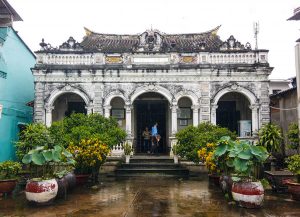 The ancient house is not only beautiful because of the unique mixture of East-West architecture, but also famous for being related to a love story without borders between its owner Huynh Thuy Le, and Marguerite Duras, a well-known French writer who penned the famous novel L’Amant (The Lover).
The ancient house is not only beautiful because of the unique mixture of East-West architecture, but also famous for being related to a love story without borders between its owner Huynh Thuy Le, and Marguerite Duras, a well-known French writer who penned the famous novel L’Amant (The Lover).
The house was built by Mr. Huynh Cam Thuan (Huynh Thuy Le’s father), a well-known Chinese businessman in Sa Dec, built in 1895 in the bustling shopping town of Sa Dec riverfront. When Mr. Thuan died, Mr. Le inherited the house and renovated it in 1917. After Le’s death in 1972, his wife and children moved overseas, leaving the house unused. Later, the house became an administrative building in 1975 and a tourist destination in 2007. In 2009, it was recognized as a national relic site.
The Huynh Thuy Le ancient house is associated with the famous novel L’Amant. Later, it was transformed into a movie and shot in Vietnam in 1990.
Address: 255A, Nguyen Hue Street, Sa Dec Ward.
Rach Gam – Xoai Mut Victory Historical Relic
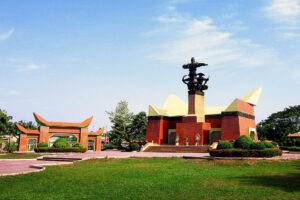 The relic was put into use on January 20th, 2005, on the occasion of the 220th anniversary of the Rach Gam – Xoai Mut victory, with an area of 1.5 hectares, including 03 exhibition houses that display a series of ceramic mosaics and many artifacts related to the battle. At the Rach Gam – Xoai Mut Victory Relic Area, there is also a monument to national hero Nguyen Hue located right in the central area. The statue is made of bronze, weighs 20 tons, stands 8 meters high, and is set on a pedestal simulating the shape of a warship.
The relic was put into use on January 20th, 2005, on the occasion of the 220th anniversary of the Rach Gam – Xoai Mut victory, with an area of 1.5 hectares, including 03 exhibition houses that display a series of ceramic mosaics and many artifacts related to the battle. At the Rach Gam – Xoai Mut Victory Relic Area, there is also a monument to national hero Nguyen Hue located right in the central area. The statue is made of bronze, weighs 20 tons, stands 8 meters high, and is set on a pedestal simulating the shape of a warship.
The statue is designed in a heroic sword-drawing posture. Not only that, but next to the statue, there is also a soldier holding a bow and an indigenous person rowing a boat, forming a perfect unity.
Location: Dong hamlet, Kim Son commune, next to the bank of the Tien River, right in front of provincial road 864, about 12 km west of My Tho.
Orchards and traditional villages
Sa Dec ornamental flower village
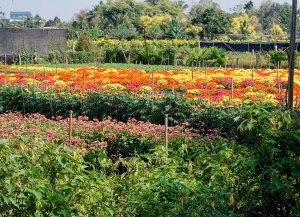
Located on the south bank of the Tien River next to the belt of provincial road in Sa Dec Ward, also known as Sa Dec ornamental flower village, is a traditional craft village with a history of ups and downs for a hundred years. This is a fatherland of hundreds of “uncanny flowers and strange herbs”.
The current flower village still preserves over 50 varieties of roses, such as: veivety rose; lotus violet grada roses; pink cleopatre roses; bridibat roses roses of bark brick color; fortini rose; orange maccras roses, metsai roses…
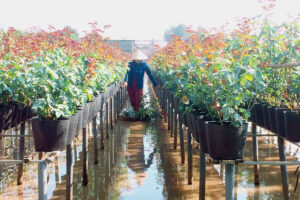
Furthermore, Sa Dec flower village is also the land of many scarce and priceless bonsai with a life expectancy of hundreds of years. There are very simple trees close to the life of farmers, such as areca, fig, thistle, ocha atropurpurea, but through the skillful, industrious, talented hands of artisan-artists, they become highly valuable products.
Sa Dec flowers and ornamental products are supplied to provinces in the Mekong Delta, Ho Chi Minh City, the central provinces, and other international markets like Cambodia, Thailand, China…
Dong Hoa Hiep ancient village
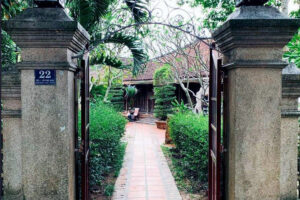 Dong Hoa Hiep ancient village is located in Cai Be Commune, Dong Thap province, located in the lower Mekong River.
Dong Hoa Hiep ancient village is located in Cai Be Commune, Dong Thap province, located in the lower Mekong River.
Dong Hoa Hiep ancient village has a total of 7 hamlets, with nearly 4,000 households, living mainly on fruit gardens of all kinds: Hoa Loc mango, orange, green-skinned grapefruit, longan, Vinh Kim star apple… and traditional crafts such as rice paper making, milk puff rolling, green rice cake…
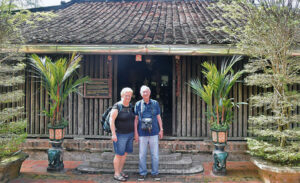 These ancient houses are mostly located along rivers, canals, and streams. In front of the house, there is usually an open, spacious area with a low fence and ornamental flowers. Around and behind the house, the area is gently surrounded by fruit gardens, small ditches for watering in the dry season, and drainage ditches in the rainy, flood season.
These ancient houses are mostly located along rivers, canals, and streams. In front of the house, there is usually an open, spacious area with a low fence and ornamental flowers. Around and behind the house, the area is gently surrounded by fruit gardens, small ditches for watering in the dry season, and drainage ditches in the rainy, flood season.
Currently, Dong Hoa Hiep ancient village has 7 ancient houses built from 150 to 220 years ago and 29 houses built from 80 to 100 years ago. Recognizing its rich cultural and architectural heritage, the Dong Hoa Hiep ancient village was designated a National Monument by the Ministry of Culture, Sports and Tourism in 2017.
Nature, wildlife conservation areas
Tram Chim National Park
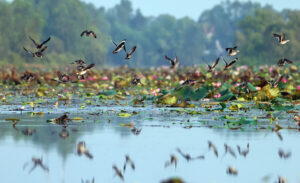 With a natural area of more than 7,000 hectares, this is home to a rich and diverse fauna and flora and is considered a “miniature Plain of Reeds” because it fully covers the ecosystem of the wetland.
With a natural area of more than 7,000 hectares, this is home to a rich and diverse fauna and flora and is considered a “miniature Plain of Reeds” because it fully covers the ecosystem of the wetland.
About flora, there are more than 130 species found here. Some of the prominent species are lotus, water lily, Oryza rufipogon, Panicum repens, etc. At the same time, this place is also the residence of over 100 species of vertebrates, 40 species of fish, and 147 species of waterbirds.
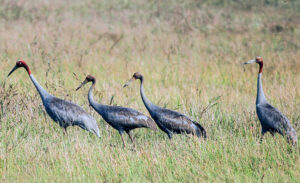
There are 13 rare bird species in the world, such as the white-winged duck, grey-headed lapwing, pelicans, and lesser adjutant. Especially the red-headed crane and the crested crane are listed in the World Red Book as in need of protection.
Every year, from December to the end of April, coming to Tram Chim National Park you will be amazed by many flocks of cranes flying in the sky in early morning or late afternoon, birds’ nests hovering on cajuput branches, and so on. And the best way to explore the nature, learn about the customs and habits of residents is traveling by a motorized boat to go through a network of canals.
Location: Tram Chim commune.
Dong Tam snake farm
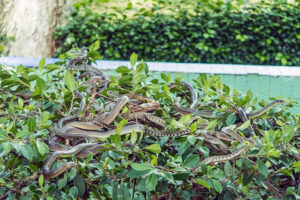
The Dong Tam snake farm is the centre for breeding snakes producing venom for local and export. The snake farm is also known as one of the largest snake conservation areas in southern Vietnam.
The farm has an area of up to 30 hectares, which includes many services, such as eco-tourism, snake reservation, snake museum, traditional house, restaurant, and herbal garden…Here, visitors can observe the life of more than 40 species of snakes, animals, and some specimens of snakes, including more than 200 king cobras.
Address: Kim Son Commune.
Specialties of Dong Thap
Dong Thap is not only famous for its attractive tourist destinations, but also for its delicious Mekong Delta dishes.
My Tho clear rice noodle soup
My Tho clear rice noodle soup (hu tieu My Tho) is a mix of broth, tender rice noodles, toppings, fresh vegetables, and herbs… The food is usually topped with seasoned ground pork, the small intestine of the pig, toasted ground dried shrimp, pork liver, coriander, green onion, and char siu pork…depending on the preferences of visitors.
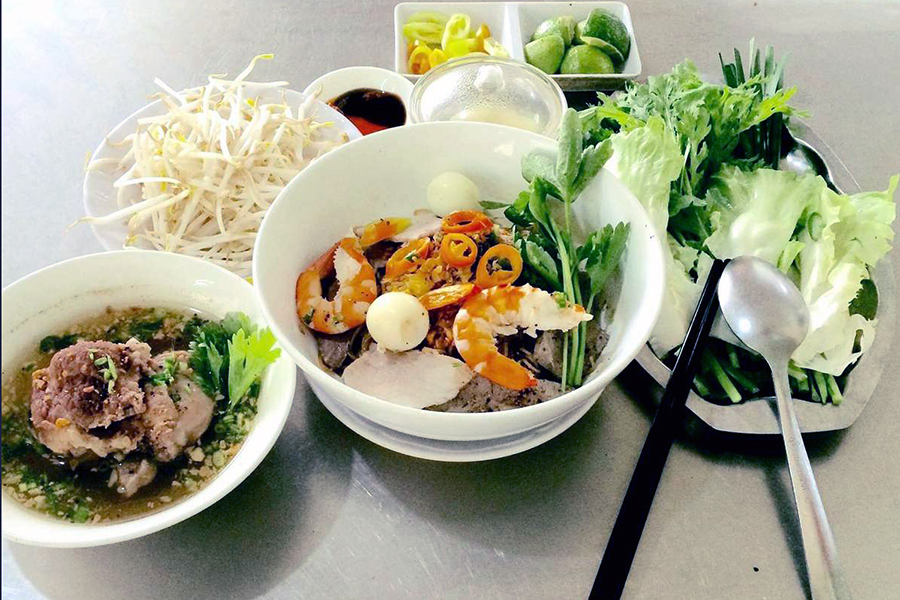
My Tho clear rice noodle soup (source: collected)
Bloating fern-shaped cakes
Bloating fern-shaped cakes (banh beo) in Hang Bong market: this food comprises three different parts: the plain cake made from rice flour, the filling made from mung bean, shrimp, deep-fried onion, pork skin, and the sauce made from fish sauce, garlic, sugar, and chilli pepper.
Grilled snakehead
Grilled snakehead: the main ingredients forming “cá lóc nướng trui” is a snakehead that should be wild, large, and fresh. The snakehead will be grilled on the rice straws then will be served with raw vegetables and tamarind sauce, sweet and sour…
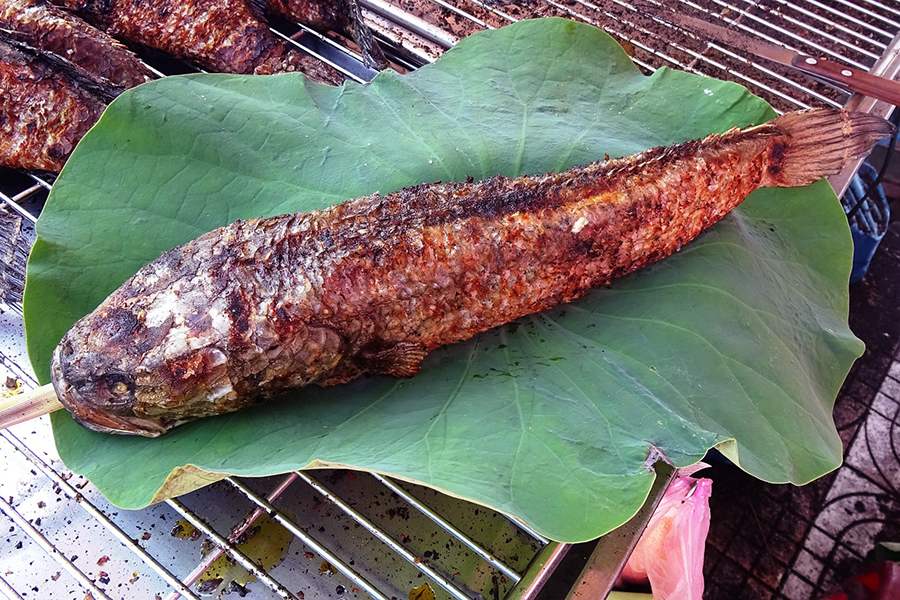
Grilled snakehead
Tan Phong rice snail
The rice snail is a hot boiled snail usually used with a mix of chilli-lime fish sauce and ginger. There are also other ways to process these snails such as snails steamed with coconut water, snails fried with garlic and chilli, rice snails rolled with rice paper, etc. Every dish is delicious and full of flavours.
Dishes from lotus
And for many years, Dong Thap has built a list of ways to prepare 200 lotus dishes to promote to tourists. Therefore, it would be a mistake not to try a meal with this frugal yet delicious dish. Popular dishes include lotus seed rice, lotus root salad, lotus stewed chicken, lotus root stewed soup, lotus seed stewed soup, lotus root sour soup, lotus root salad, lotus leaf tea… etc, and many lotus sweet soups.
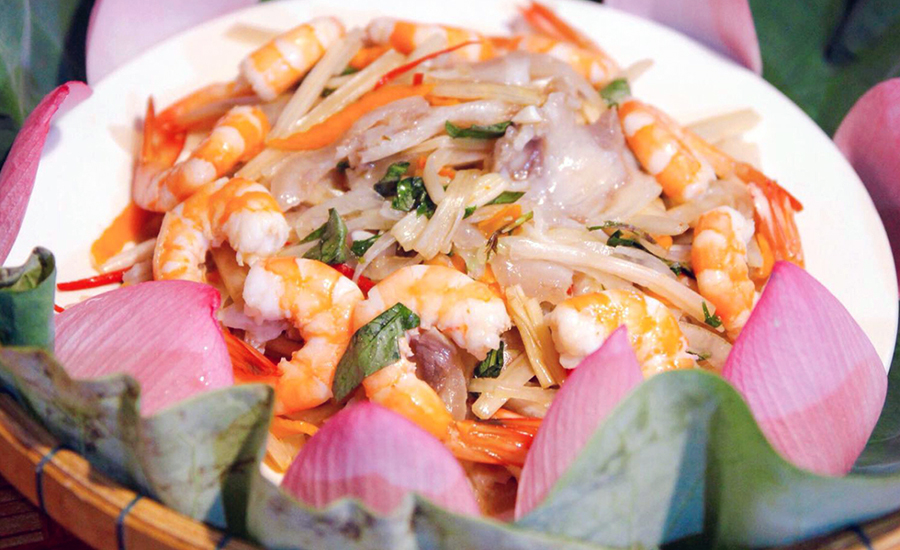
Vietnamese lotus root salad
And here are some addresses: Dam Sen ecological cuisine area, Song Sinh restaurant, Co Ba restaurant, Dai Nam restaurant, Sen Le Bo Community Ecotourism Area… where there is a food court with many lotus dishes, prepared by the locals in a popular style, help you get a fully experience during your trip to explore Dong Thap.
Source: collected by An
Follow us for the best deals on Vietnam package tours and visa services!
